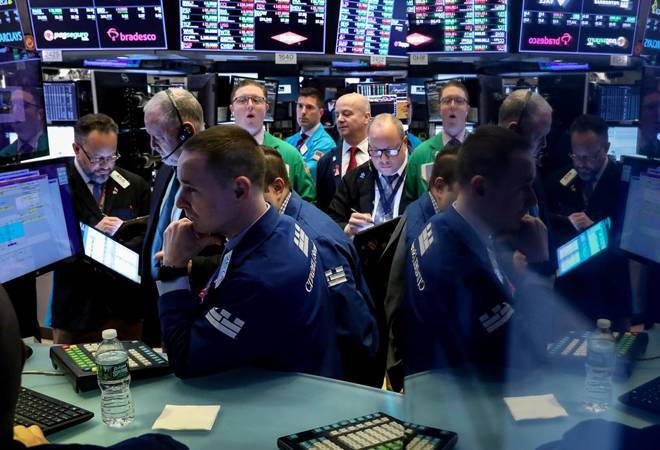Invest in Wall Street through Global Funds

Are you someone who follows global markets carefully? Have you always seen potential in international markets but never got an opportunity to invest in these for income generation? Global markets function differently from how they do in India. In 2023, when NIFTY saw a 14 percent rise when it rose from 5694 to 6483 in the same year S&P 500, a US stock index rose from 1558 to 1860. That’s a whopping 19 percent. The dollar has been pricier than the rupee for quite a while now. Those investors who want to invest in international markets can now do so, thanks to global funds. International funds have historically outperformed large cap and mid cap funds here in India at least.
Categorized as fund of funds (FoFs) these mutual funds invest in global mutual funds which invest in international markets. This allows investors to indirectly seek income from international markets through investments in a national mutual fund. There are some mutual funds who just like normal equity funds invest in international equities. These global funds can also work as a hedge against market risk which Indian mutual funds hold. For this reason investors can add some international diversification to their local mutual fund portfolio by investing in global funds. There is a common misconception among Indian investors that those who invest in global funds are charged an expense ratio that is twice as much as compared to Indian equity funds. However as per market regulator SEBI’s guidelines, an asset management company cannot charge an high expense ratio. For example, if SEBI has capped the expense ratio of global funds to 3 percent, a fund house cannot charge an expense ratio higher than 3 percent to global mutual fund investors.
Gain from INR depreciation
One of the main reasons for a global fund to outperform other equity funds is depreciation of the Indian rupee over the years. In 2020, the Indian rupee has turned out to be the worst performing current and has depreciated by around 6 percent as per records. Indian investors should see this as an opportunity to actually benefit from. Although their currency is currently in a depreciation state they can still invest in global funds and benefit from this contradicting global marker behavior. It all depends on how you perceive this investment opportunity and take advantage of it. If you believe that rupee will outshine in the coming future then investing in global funds doesn’t make sense. But if you have a negative outlook towards the performance of the rupee then investing in international mutual funds is a wiser option.
Benefit from global market performance
Apart from rupee depreciation, investors should also take a look at the market performance. Over the years, equity mutual funds in India may have provided decent returns, but global markets have outperformed the India equity market. Apart from the USA, global funds also invest in the economies of Japan, Europe and other Asian countries. These economies have been ahead of the Indian economy in terms of income generation and by investing in global funds that invest in such markets one can actually benefit in the long run.
Yes it is true that global mutual funds seem like a far more sensible option. But they too carry a certain degree of risk. Also, global funds do not guarantee any returns. So investors should determine their risk appetite before going ahead and making the actual investment. Although global funds have outperformed Indian equity funds, investors should compare with other funds that fall in the same category so that they can understand which has been a better performing fund.








